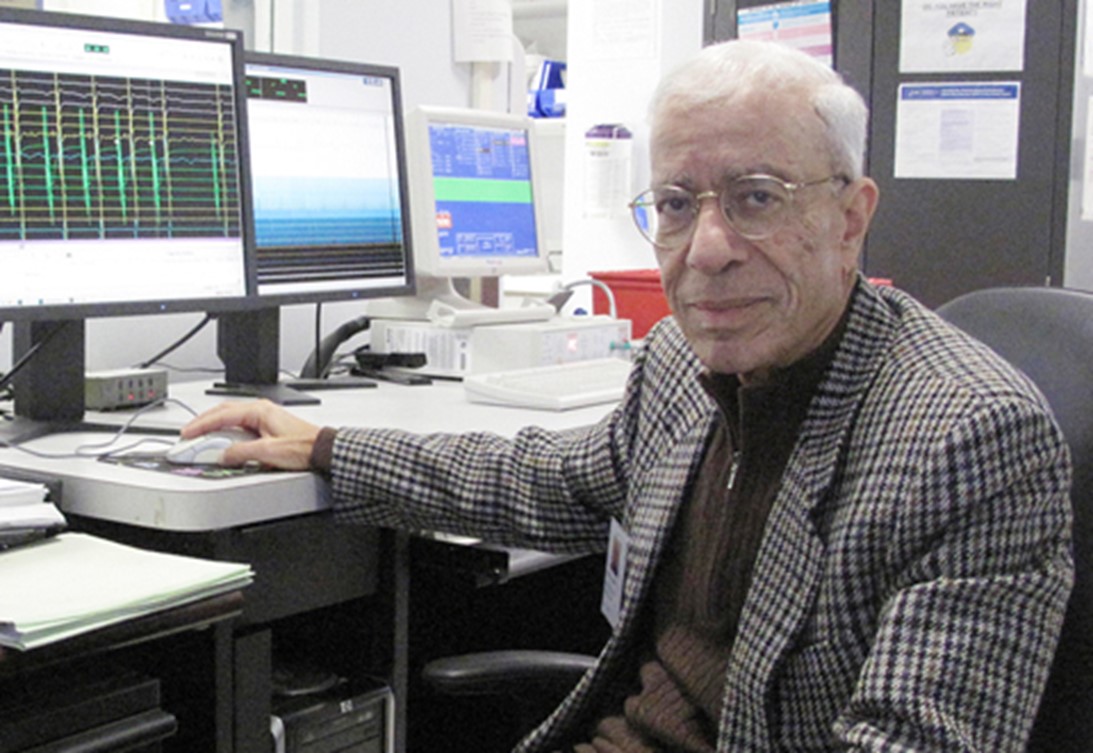Dr. Nabil El-Sherif

Director of the Cardiology Division - Brooklyn Campus of VA's New York Harbor Healthcare System
Dr. Nabil El-Sherif graduated from Cairo University School of Medicine in 1960, received post-graduate training at Cairo University Hospitals and Mount Sinai Medical Center in Miami Beach, Florida. In 1978, he became a Professor of Medicine and Physiology at the State University of New York (SUNY), Downstate Medical Center and in 1984 became the director of the Cardiology division at Downstate. He is currently the Director of the Cardiology Division at the New York Harbor Veterans Affairs Health Care Center, Brooklyn campus.
Dr. El-Sherif is an internationally recognized authority in Cardiac Electrophysiology. He is a member of several National and International medical societies and serves on the editorial board of several journals. His research has been consistently supported by federal and non-federal grants for the last 35 years and has dealt with the link between molecular biology, ion channel physiology, cellular electrophysiology and clinical presentations of cardiac arrhythmias. He has published over 500 peer-reviewed manuscripts, reviews, and book chapters and has edited 8 books in the field of cardiac arrhythmias. He has received several honorary awards including the 2007 Outstanding Achievement Award from the European Cardiac Arrhythmia Society (ECAS) and the 2010 Pioneer of Cardiac Pacing and Electrophysiology from the Heart Rhythm Society.
Dr. Nabil El-Sherif, director of the cardiology division at the Brooklyn campus of VA's New York Harbor Healthcare System, received the American College of Cardiology's prestigious Distinguished Science Award for 2016. The award was presented to El-Sherif in recognition of his translational research on heart arrhythmias, which has improved the management of cardiac rhythm disorders in two main groups of patients. The first group consists of those who experience palpitations, dizziness, or fatigue, along with other non-life threatening symptoms. These symptoms are usually caused by various forms of irregular heartbeats, and are cured in almost all cases by a relatively non-invasive procedure developed by El-Sharif and others called transcatheter radiofrequency ablation. The second group consists of patients with more serious rhythm disorders that may result in death. El-Sharif discovered that some of these potentially lethal arrhythmias were due to an electrical mechanism he called the "figure-of-eight-model of reentry." This mechanism helped pinpoint the best site from which the problem could be eliminated, either by surgery or through a procedure called electrode catheter ablation.
El-Sharif's current research focuses on identifying which patients in this group are at highest risk, so that internal defibrillators can be implanted in time to save these patients' lives.